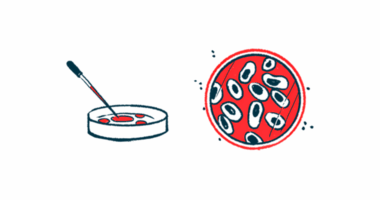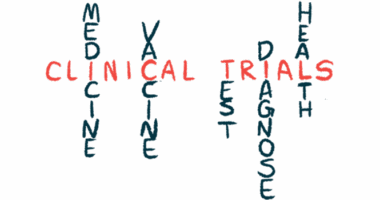$10M financing to advance Sharp’s oral Gaucher disease treatment
Company says its drug could benefit all Gaucher types

Sharp Therapeutics said it’s arranging a $10 million private investment to advance the development of ‘901, an oral treatment designed to address the neurological and non-neurological symptoms of Gaucher disease.
The financing will come through a non-brokered private placement of common stock. STX Partners, Sharp’s largest shareholder, has pledged to invest about $3 million if at least $7 million is raised from other investors.
The company plans to use the funds mainly to move ‘901 into a Phase 1 clinical trial, with the goal of showing that the experimental small molecule can treat all Gaucher disease types.
“We are excited to have identified the compound ‘901,” Scott Sneddon, PhD, Sharp’s CEO, said in a company press release. “The commitment by STX would allow Sharp to generate key human efficacy data” in the Phase 1 trial, Sneddon said.
Gaucher disease is caused by mutations that interfere with the production or function of glucocerebrosidase (GCase) enzyme, an enzyme that’s responsible for breaking down certain fatty molecules inside cells. When GCase is missing or not working properly, it cannot effectively break down these molecules, so they accumulate to toxic levels inside certain cells, leading to a wide range of Gaucher disease symptoms.
Crossing the blood-brain barrier
Sharp’s ‘901 is an orally available small molecule designed to increase the activity of the faulty GCase, boosting its ability to clear out the fatty molecules that drive disease symptoms. Preclinical studies showed that it boosted GCase activity in cells derived from people with Gaucher, and reduced the buildup of harmful fatty molecules in a mouse model of the condition.
Preclinical data also suggest ‘901 can cross the blood-brain barrier, or the selective membrane that controls which substances in the bloodstream can cross into the brain. This suggests it may have the potential to ease the neurological manifestations of the disease, which aren’t well managed with available Gaucher treatments.
That means it could benefit people with type 1 Gaucher disease, which does not involve the nervous system, as well as those with neuronopathic types 2 and 3, which are more severe forms of the disease that cause neurological symptoms such as seizures and abnormal eye movements.
Sharp said it is presenting additional preclinical data supporting the development of ‘901 at the World Orphan Drug Congress 2025, being held Oct. 27–29 in Amsterdam.
“Based on our promising preclinical data, we believe ‘901 has the potential to treat both the peripheral and central nervous system manifestations of Gaucher disease, while offering a favorable safety profile and the convenience of an oral medicine,” Sneddon said in a separate press release. “We look forward to initiating clinical studies in the near term that are designed to efficiently establish proof of biology and lay the foundation for future registrational trials.”




